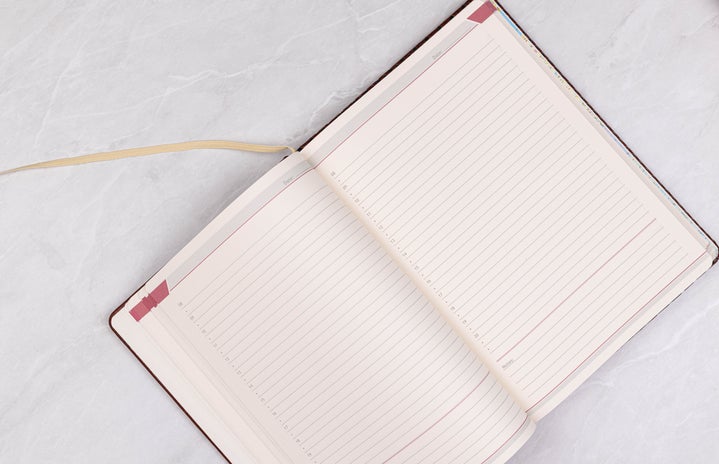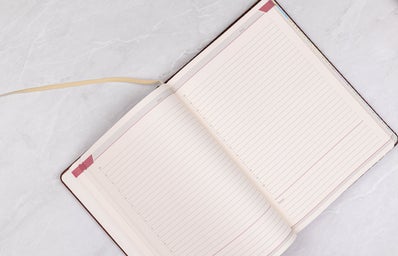It’s safe to say that everyone has stared at an assignment outline or a blank page and had no idea where to start. All that open white space staring back at you has a funny way of sucking out your inspiration. Thanks to writer’s block, I hardly know what I’m writing until the last second. Brainstorming ideas, writing the first line and even thinking about what you’re doing is really overwhelming. After multiple failed writing sessions and frustratedly stressing over not being productive, I’ve developed a couple of strategies to unblock writer’s block.
- Look Around You and Write
Writer’s block stems from a lack of ideas. Between writing assignments for school, content for work and articles for Her Campus, I often feel “written out.” Even though I love writing, being in this stage makes it feel like a chore. The main way I dig myself out of idea slumps and ritualistic writing is by drawing inspiration from whatever’s around me. The window by your desk, the posters on your wall and the colour scheme in your room all have the ability to inspire. When you let your mind wander, one mental association leads to another and you eventually come to an idea. Once your room has been exhausted, go out for a walk and draw inspiration from anything you pass by. Products for curly hair and dying houseplants are among the random items that got the ball rolling in my head!
- Start with the Middle
They say the best way to combat writer’s block is to start writing. It’s a fair point. Starting gets the ideas flowing. However, knowing where to start is just as important. Whenever you’re stuck, start brainstorming the main ideas or the main points of your work. Content contained in the middle of an essay or article is guaranteed to be kept in your piece since it’s the gist of what you’re saying. The more you expand on core concepts, the more you’ll inspire the rest of your work. For example, if you’re writing about Halloween movies, start by describing the first movie that comes to mind. That’s an easier starting point than a cute introduction to the history of Halloween. Generally, I write the body of my work first and do the introductions and conclusions last.
- Know when to Task Switch
As much as the above-mentioned tips have helped me, my writer’s block isn’t always solved after I’ve exhausted these methods. Sometimes, you need to know when to sit back and walk away from your work. Switching to a non-writing task gives your writing brain a break. If you’re really stuck, do your laundry that’s been sitting in your hamper for too long; or do the math homework you’ve been putting off. Choosing not to write for a set amount of time cures most cases of writer’s block. If you feel ready to write again in an hour, half a day or the next day, start then. Write when you feel like writing is the best advice I can give.
Ironically, I had writer’s block while attempting to write this article. However, I put these tips into practice and ended up here- with a finished product. Hopefully, drawing inspiration from your surroundings, elaborating on key ideas and knowing when not to write will reduce your writer’s block. Writing is hard. So, props to anyone who actively chooses to write and create for others!


